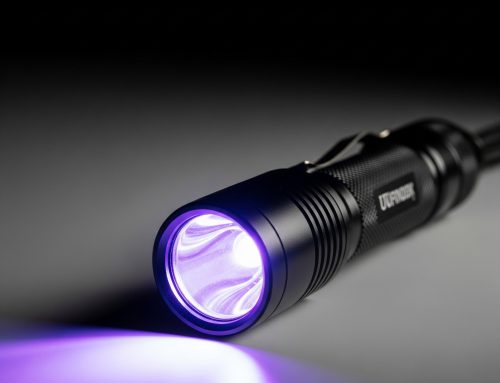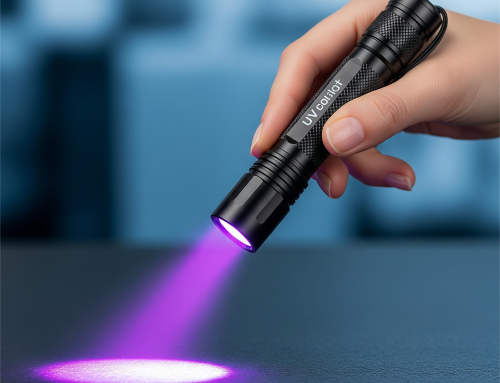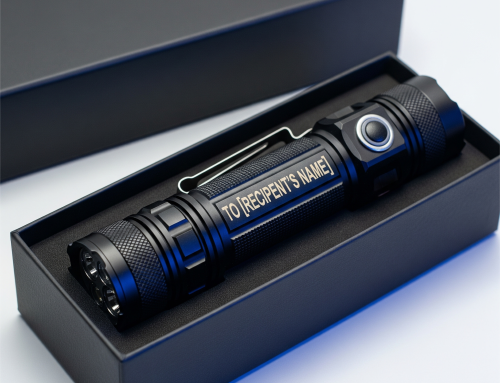Ultraviolet (UV) light, while invisible to the human eye, plays a significant role in the life of plants. Plants have evolved mechanisms to both protect themselves from the harmful effects of UV radiation and to utilize it for various biological processes. UV flashlights allow scientists and hobbyists to explore this fascinating aspect of plant biology.
Plant Responses to UV Light
- Photomorphogenesis:?UV-B radiation, a specific type of UV light, influences plant growth and development. It can trigger a variety of responses, including shorter stems, thicker leaves, and increased production of secondary metabolites.
- Photoprotection:?Plants have developed mechanisms to protect themselves from the damaging effects of UV radiation. These include the production of pigments like anthocyanins and flavonoids, which act as sunscreens, and the repair of DNA damage caused by UV light.
- Pollinator Attraction:?Some plants produce compounds that fluoresce under UV light, making their flowers more attractive to pollinators. This phenomenon, known as UV floral patterns, can be observed using UV flashlights.
Applications of UV Flashlights in Botany
- Floral Biology:?UV flashlights allow researchers to study the floral morphology and color patterns of plants as they appear to pollinators. This information can help us understand the co-evolution of plants and their pollinators.
- Plant Stress Physiology:?By exposing plants to different levels of UV radiation and observing their response, scientists can study the mechanisms of plant stress and tolerance.
- Horticulture:?UV flashlights can be used to manipulate plant growth and development. For example, exposing seedlings to UV-B radiation can enhance their stress tolerance and improve crop yields.
- Plant Identification:?UV fluorescence can be used as a diagnostic tool to identify different plant species or varieties. For instance, some plant families have characteristic fluorescence patterns under UV light.
Experimental Techniques
- UV Imaging:?Digital cameras equipped with UV filters can be used to capture images of plants under UV light. This allows for detailed analysis of floral patterns and other UV-induced phenomena.
- Spectrofluorometry:?Spectrofluorometers can be used to measure the intensity and wavelength of fluorescence emitted by plant tissues. This technique provides quantitative data on the levels of fluorescent compounds.
Safety Considerations
- Eye Protection:?Always wear UV-protective eyewear when using a UV flashlight to avoid eye damage.
- Plant Damage:?Excessive exposure to UV radiation can damage plants. It is important to use UV light in a controlled manner.
Conclusion?UV flashlights have opened up new avenues of research in plant biology. By revealing the hidden world of plant fluorescence, scientists are gaining a deeper understanding of plant-environment interactions and the evolution of plant diversity.



